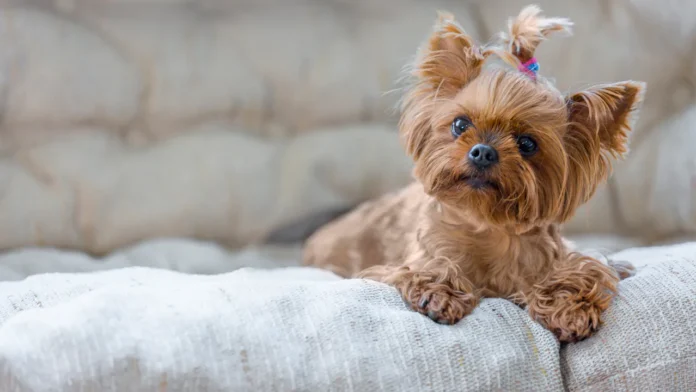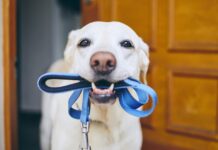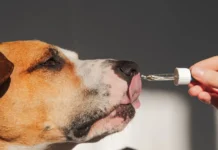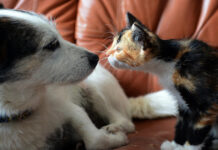As a responsible pet owner, taking care of your furry friend is paramount, and one way to do that is through regular dog grooming. Grooming isn’t just about looks but a key part of keeping your pet healthy. Plus, it’s an opportunity to bond with your dog, no matter their breed or fur type.
In this article, you will learn the basics of dog grooming. Here are tips and techniques that are easy to understand and implement, even if you are new to pet care.
Understanding Your Dog’s Coat
Before going into the grooming process, it’s crucial to understand your dog’s coat type. Different breeds have different coat textures, lengths, and grooming needs. Here are the three primary coat types:
Short Coats
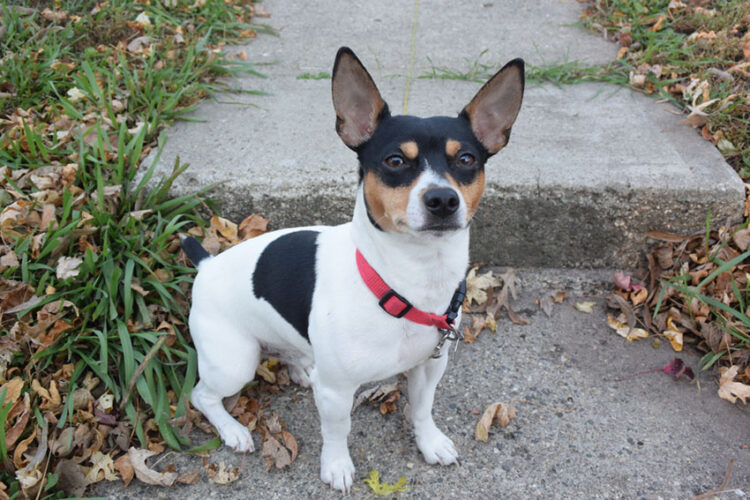
Breeds like the Labrador Retriever and Beagle have short, smooth coats that require minimal grooming. Regular brushing to remove loose hair and an occasional bath will suffice.
Medium Coats
Some dogs, like Golden Retrievers and Australian Shepherds, sport medium-length fur. To keep their coats looking their best, it’s a good idea to give them an occasional bath and make regular brushing part of your routine. This practice helps prevent tangles and mats, keeping your furry friend comfortable and their fur tip-top shape.
Long Coats
Breeds like the Shih Tzu and Afghan Hound have long, flowing coats that demand more extensive grooming. That’s why daily brushing, frequent baths, and regular trimming are essential.
Basic Grooming Supplies
You will need some basic supplies to maintain your dog’s groom. Here are the essential items you must use:
Dog Brush or Comb
When grooming your dog, your brush or comb should match their unique coat. For those furry friends prone to tangles and mats, a slicker brush is your best bet. Meanwhile, dogs with shorter hair will appreciate the gentle touch of a bristle brush. So, pick the tool that suits your dog’s coat type to keep them looking and feeling their best.
Dog Shampoo
Choose a shampoo ideal for dogs to prevent skin irritation. Seeking advice from your veterinarian if your dog has specific skin issues will also help you buy the right shampoo.
Towels and Hair Dryer
After every bath time, cover and wipe your dog with a towel to dry them up. You can also use a hairdryer with a low-heat setting, which can speed up the drying process, especially for long-haired breeds.
Clippers and Scissors
Quality clippers and scissors are also essential to trim long-haired dogs. But be cautious when using scissors, especially on your dog’s face and sensitive areas. If you need to trim some fur on these areas, you should have someone else to assist you, or better yet, bring your dog to a pet salon instead.
Nail Clippers
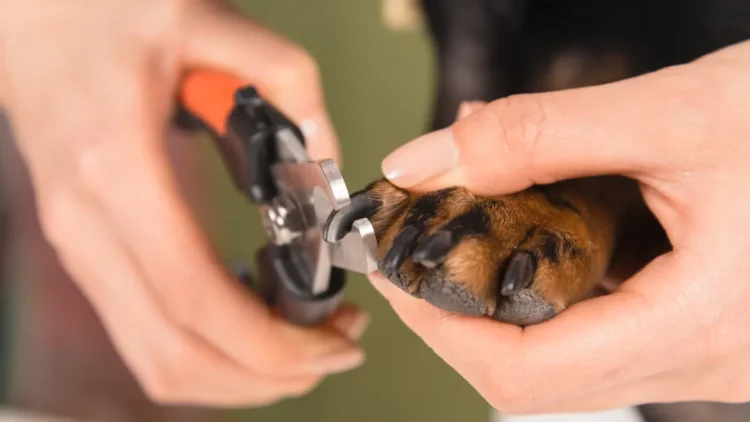
Dogs need regular nail care to avoid having their nails grow too long. Overgrown nails can be uncomfortable for your furry friend and may lead to health problems.
Styptic Powder
This powder helps stop bleeding if you cut your dog’s nails too short.
Grooming Steps
Now that you’ve gathered all your grooming tools and supplies, it’s time to dive into the next phase of ensuring your dog stays healthy and looks its best.
Brushing
Start by brushing your dog’s fur to remove tangles and mats. Brush toward hair growth, and be gentle, especially around sensitive areas like the ears and belly. Regular brushing helps distribute natural oils and keeps the coat healthy.
Bathing
Fill a tub with lukewarm water and wet them thoroughly. Apply the dog shampoo and lather it well, avoiding the eyes and ears. Rinse your dog and then repeat if necessary. Afterward, towel dry your dog; if it tolerates it, use a hair dryer in a low-heat setting.
Nail Trimming
Use the nail clippers to trim your dog’s nails. Avoid cutting too close to prevent bleeding. If bleeding occurs, apply styptic powder to stop it.
Ear Cleaning
Clean your dog’s ears with a dog-specific ear cleaner and a cotton ball. Never insert anything into the ear canal. Just clean the visible part of the ear.
Dental Care
Regularly brushing your dog’s teeth will keep them clean and give them brighter smiles. That way, your dog will feel good about their health and happiness.
Trimming (for Long-Haired Breeds)
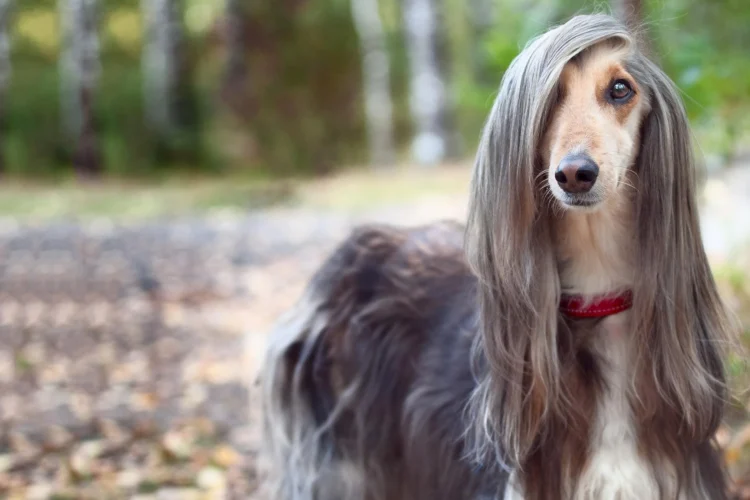
Regularly trim your dog’s hair at an ideal length so it won’t cause discomfort to your pet.
Final Brushing
Finally, the last step in the grooming session is to brush or remove loose hair. That way, your dog can achieve a polished look.
Frequency of Grooming
Depending on the dog’s breed and coat type, you should only schedule a proper grooming session. That way, you can maintain the naturalness of your dog’s coating.
- Short-Coated Breeds: Brush once weekly and bathe as needed (usually every few months).
- Medium-Coated Breeds: Brush 2 to 3 times weekly and bathe every 2 to 3 months.
- Long-Coated Breeds: Daily brushing is recommended, along with bathing every 4 to 6 weeks.
Other Factors to Consider to Groom Your Dog
Maintaining healthy fur and coat also involves checking and cleaning other parts of your dog’s body and well-being.
Eye Care
Some breeds are prone to tear staining, leaving unsightly marks around their eyes. You can use a damp, soft cloth to clean these areas gently. If tear staining is persistent, consult your vet for advice.
Flea and Tick Prevention
Regular grooming is an excellent opportunity to check for fleas and ticks. You can use a fine-toothed comb to inspect your dog’s fur, especially in areas where these pests tend to hide. Also, discuss preventive measures with your vet to keep your dog safe from these parasites.
Matted Fur
Mats can be painful for your dog and difficult to remove. If you encounter a mat, gently tease it with a brush or comb. If it’s too severe, consult a professional groomer to avoid causing your dog discomfort.
Professional Grooming
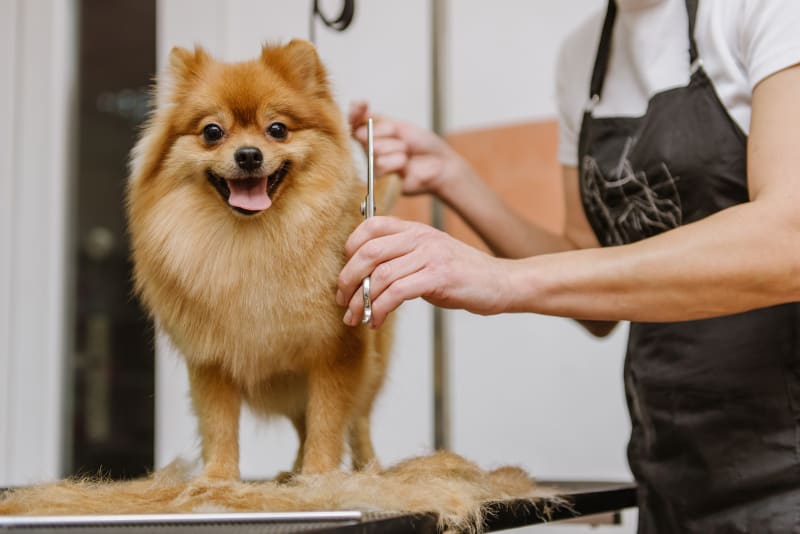
While basic grooming can be done at home, consider occasional visits to a professional groomer, especially for breeds with intricate grooming needs. You can check a dog wash franchise in Australia to assist you with proper grooming for your pet.
Professional groomers have the expertise and tools to handle challenging aspects of grooming, such as breed-specific cuts and styles.
Positive Reinforcement
Make grooming a positive experience for your dog. Use treats and praise to reward good behavior during grooming sessions. This process will help your dog associate grooming with a pleasant experience, making future sessions easier.
Health Check
Grooming provides an excellent opportunity to conduct a brief health check on your dog. Look for any changes in weight, posture, or behavior. If you notice anything concerning, consult your veterinarian promptly.
Groom Your Dog with Love and Expertise
Grooming your dog like a pro is a skill that enhances your pet’s well-being and strengthens the bond you share. With these tips, you will be well on your way to grooming your furry friend like a seasoned professional.

